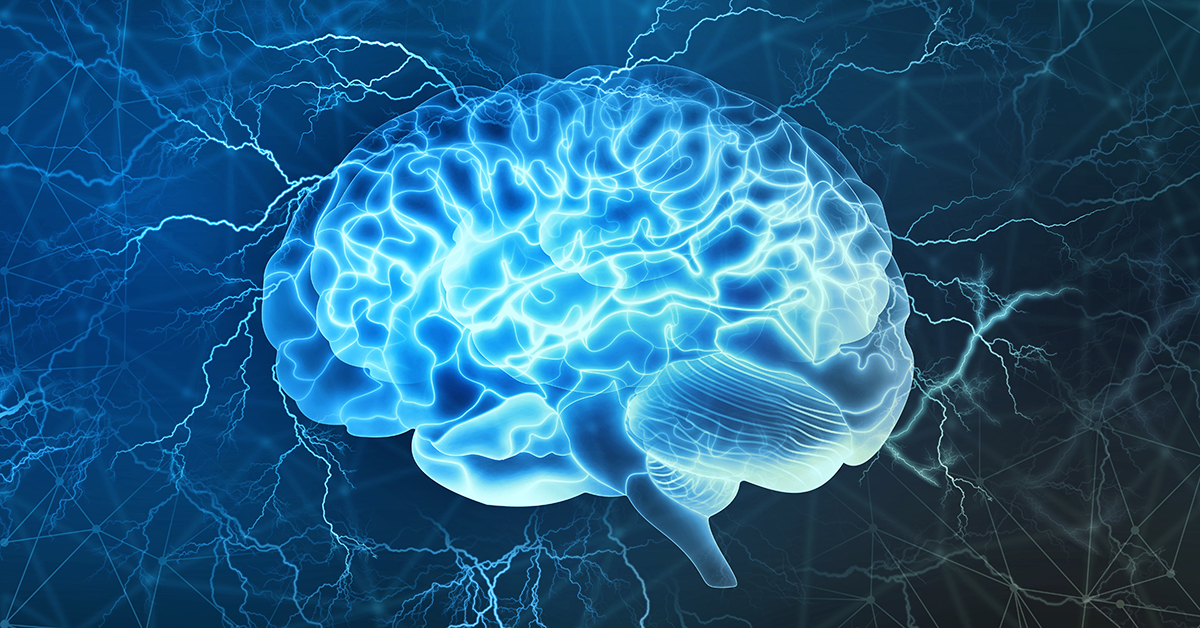Neurosurgery, a specialized branch of medical science, addresses a spectrum of critical neurological conditions. In this article, we'll explore the most common reasons for neurosurgery, shedding light on the conditions that necessitate surgical intervention.
How Is Neurosurgery Different from Neurological Treatment?
Neurosurgery and neurological treatment, while closely linked, serve distinct purposes. Neurology
primarily focuses on diagnosing and managing neurological conditions through non-surgical means.
In contrast, neurosurgery involves surgical procedures to treat conditions that demand physical
intervention. Let's delve into the nuances that set these two fields apart.
Types of Brain Surgery
Brain surgery encompasses a range of procedures designed to address various brain-related issues.
In this section, we'll provide insights into some common types of brain surgery, each tailored to
specific conditions:
- Craniotomy: This surgical procedure involves opening the skull to access and treat brain tumors, blood clots, or other brain abnormalities. It's a cornerstone of brain surgery.
- Brain Tumor Resection: Neurosurgeons perform this procedure to remove brain tumors, relieving pressure on the brain and preventing further growth.
- Aneurysm Clipping:To prevent potentially life-threatening ruptures, neurosurgeons use clips to isolate brain aneurysms from the circulation, effectively averting disaster.
- Epilepsy Surgery: For individuals whose epilepsy does not respond to medication, neurosurgery offers a solution by removing or disconnecting the seizure focus.
- Deep Brain Stimulation (DBS): This innovative procedure involves implanting electrodes in specific brain regions to manage conditions like Parkinson's disease, essential tremor, and dystonia. It's a game-changer in the field of neurosurgery.
Most Common Reasons for Neurosurgery
Numerous neurological conditions necessitate neurosurgical intervention. Here are some of the most common reasons for neurosurgery, each presenting unique challenges:
- Brain Tumors: Surgical removal of brain tumours is often necessary to prevent further growth and relieve pressure on the brain.
- Spinal Disorders: Conditions like herniated discs, spinal cord compression, and scoliosis may require surgical correction to alleviate pain and restore function.
- Aneurysms: Surgical clipping or coiling of brain aneurysms is crucial to prevent potentially life-threatening ruptures.
- Spinal Disorders: Conditions like herniated discs, spinal cord compression, and scoliosis may require surgical correction to alleviate pain and restore function.
- Epilepsy: Neurosurgery can help control seizures in patients with epilepsy who do not respond to medication.
- Movement Disorders: Deep brain stimulation surgery offers respite for conditions like Parkinson's disease and essential tremor, substantially improving patients' quality of life.
- Traumatic Brain Injuries: Severe head injuries may necessitate neurosurgical procedures to repair damage and reduce long-term complications.
What are the Most Common Neurosurgery Procedures?
Neurosurgery encompasses a wide array of procedures tailored to treat diverse neurological conditions. Some of the most common neurosurgery procedures include:
- Craniotomy: This procedure involves opening the skull to access and treat brain tumors, blood clots, or other brain abnormalities.
- Deep Brain Stimulation (DBS): DBS is utilized to manage conditions like Parkinson's disease, essential tremor, and dystonia by implanting electrodes in the brain.
- Aneurysm Clipping: This surgical procedure aims to prevent the rupture of brain aneurysms, a potentially life-threatening condition.
- Epilepsy Surgery: Neurosurgery can help control seizures in patients with epilepsy who do not respond to medication.
Pain Management Through Neurosurgery
Pain management forms a crucial component of neurosurgery, especially for patients grappling with
neurological conditions causing severe discomfort. Neurosurgeons employ diverse techniques, such
as spinal cord stimulation, nerve decompression, and implantation of pain-relieving devices, to
alleviate pain effectively. We'll explore how these methods interrupt pain signals, significantly
improving patients' overall quality of life.
In conclusion, neurosurgery is a dynamic and indispensable field within the realm of medical science. It offers hope and an improved quality of life to individuals confronting a wide range of challenging neurological conditions. Understanding the common reasons for neurosurgery and the diverse procedures available is essential for patients and their families as they navigate the complexities of neurological healthcare. Advances in neurosurgical techniques and technology continue to push the boundaries of what's possible, promising brighter prospects for those in need of neurosurgical care.

Dr Hrishikesh Sarkar, Senior Consultant – Neurosurgery, Apollo Cancer Centre, Chennai





.png)



